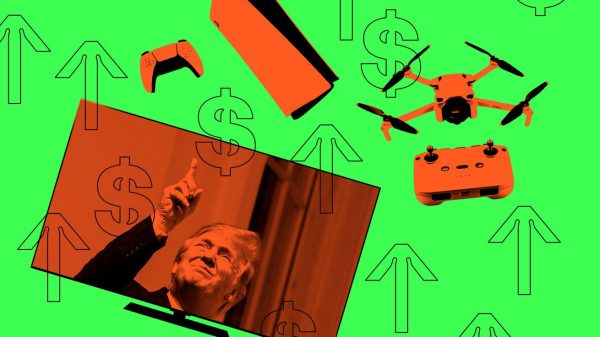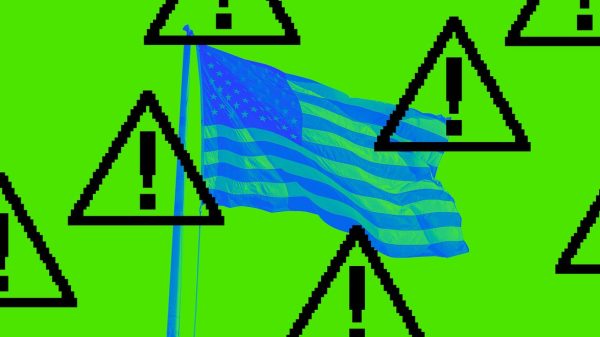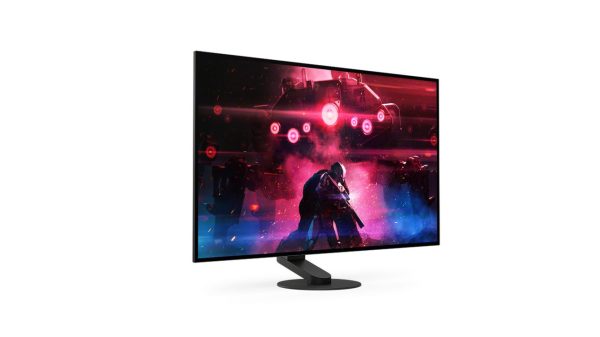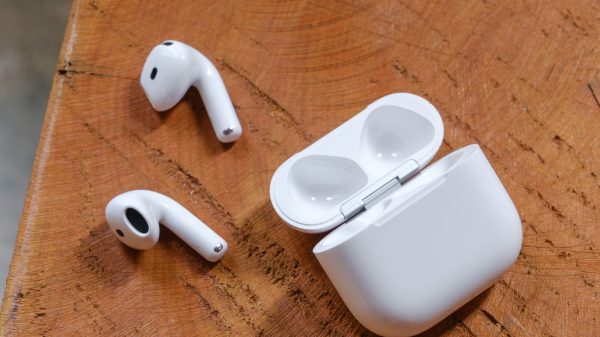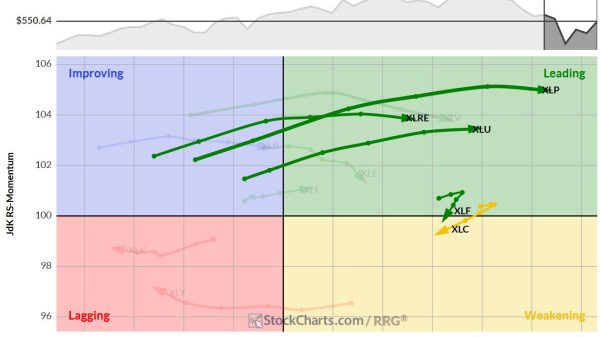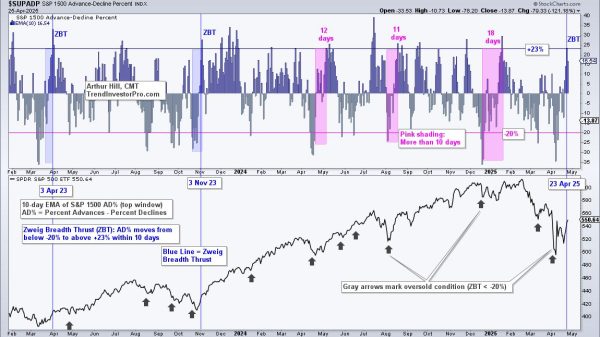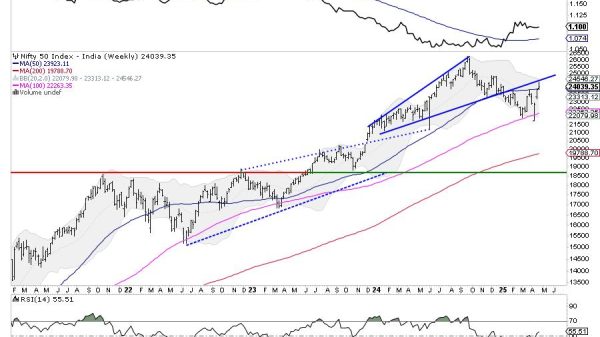Coffee is one of the most popular drinks worldwide, with over 400 billion cups consumed annually, and demand is growing year-on-year. But what is the coffee futures contract and how can you trade it?
Coffee futures are traded by producers, roasters, retailers and traders looking to hedge or speculate on the price of coffee. Want to know a bit more about coffee trading and the coffee futures contract? Read on…
What is the coffee futures contract?
The coffee futures contract allows buyers and sellers to agree on a price for coffee today for delivery at a future date. Its price is an important benchmark used by the global coffee market.
The contracts are priced in US cents per pound, the current contract size is around 37,500 pounds, and the price moves by 0.5 cents per pound.
Who trades coffee futures?
There are a number of coffee futures market participants. Coffee producers trade to hedge against the risk of future falling coffee prices, while coffee roasters and retailers use coffee futures to lock in the price of coffee they need to purchase.
Coffee traders use coffee futures as they do any other financial instrument, to speculate on price movements in the coffee market in order to make money.
What affects the price of the coffee futures contract?
The coffee market is affected by a number of different factors, including supply and demand, economic conditions, and weather.
An increase in supply or demand can have a huge affect on coffee prices, and historically there are a number of examples of this. When the Dutch established coffee plantations on Java in 1727, there was a huge increase in coffee production, bringing the price down.
Sometimes, governments will get involved in stabilising prices. For example, the Brazilian government made the decision to buy up and burn millions of pounds of coffee in 1876, due to the sharp price fall after that year’s overproduction.
Coffee trees are sensitive to disease, drought and cold weather. An example of weather severely affecting coffee prices was in 1977, when coffee prices rose sharply after frost in Brazil damaged crops and caused a global shortage.
Trading Coffee futures
Coffee futures are the second most traded commodity futures contract in the world, after crude oil.
Coffee futures have been traded on the New York Board of Trade (NYBOT) since the 1880s, and since 2007 on the Intercontinental Exchange (ICE) (when the NYBOT merged with ICE).
Although coffee futures were initially created to help coffee farmers and roasters manage their price risk, now more and more traders are using the coffee futures contract as an instrument to diversify their portfolios and risk profiles.
Trading coffee futures is one way for investors and traders to speculate on the price of coffee, and there are a range of ways to do this. Out of the various instruments available, Contracts for Difference (CFDs) is a popular choice. These have the advantage of enabling trading on margin, which allows increased exposure with lower capital.


